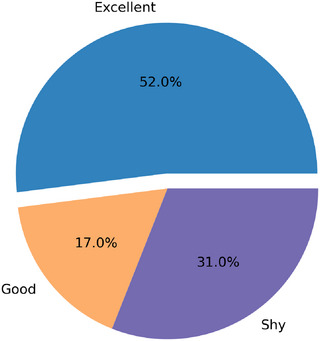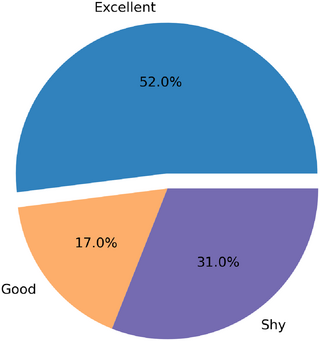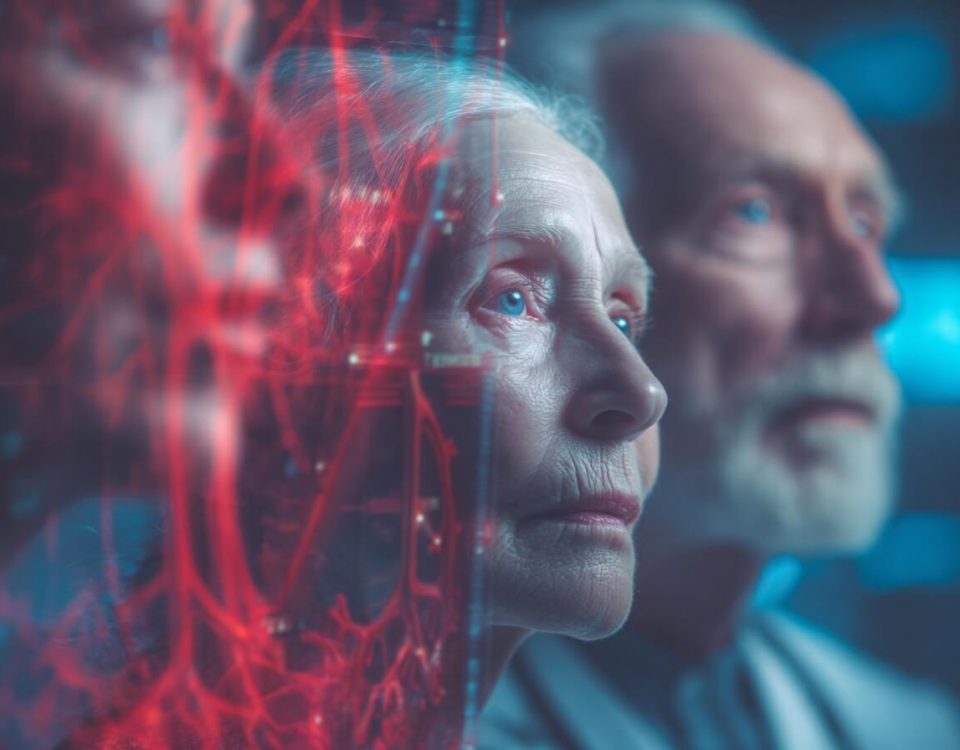Capturing children food exposure using wearable cameras and deep learning | PLOS Digital Health

Endothelial Dysfunction: Symptoms, Causes, and Treatment #arterialstiffness #cardiovascular #prevention #hcsm #hcsmeu
05/04/2023
Pandemic prevention, preparedness and response accord
05/04/2023
Author summary Capturing food exposure of school children is a challenging task due to recall bias. In this manuscript, we describe a machine-learning-based data-collection tool that can automatically record school children’s exposure to food items, food advertisements and food outlets in their homes, schools and neighborhoods. Our data-collection tool consists of a wearable camera to capture continuous footage of children’s environments during a typical school day, and a series of machine learning models that can extract food-related images from the recorded footage and classify them into images that contain food items consumed by the child wearing the camera, or consumed by others, images that contain food advertisements, and images that contain food outlets. We report on a user-centered design study that assessed the acceptability of using wearable cameras to capture food exposure among school children in two urban Arab centers, namely Greater Beirut in Lebanon and Greater Tunis in Tunisia. We then describe how we trained our various machine learning models to capture food exposure among school children and categorize such food exposure into a predefined typology. Finally, we also report on the results of deploying our data-collection tool in a real-world case study in Tunisia.
Lire l’article complet sur : journals.plos.org



